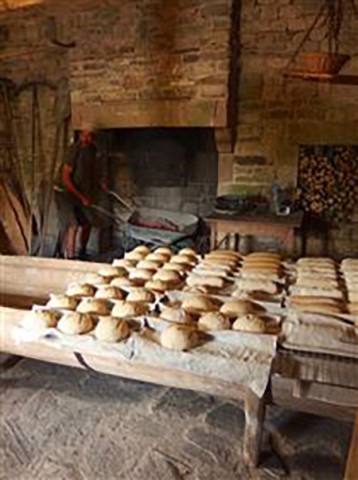Research
Search our website
Search our website by entering a keyword or choose a database above to search specifically.
Search
Showing search results 7,811 - 7,820
14,725 results found

Rue de la Burdinale 92, Burdinne, Belgium

Rue du Château 10, Tournai, Belgium

Rue des Isles 1, Florenville, Belgium

Rue d’Eppe 8, Sivry-Rance, Belgium

Rue de Milaville 11, Jandun, France

Rue de l’Imprimerie 5, Brussel, Belgium

Rue Dupré 66, Brussel, Belgium

Rue des Ecoles 8, Burdinne, Belgium

Rue du Musée 3, Ger, France

Rue du Gratte chien 24, Meursault, France








